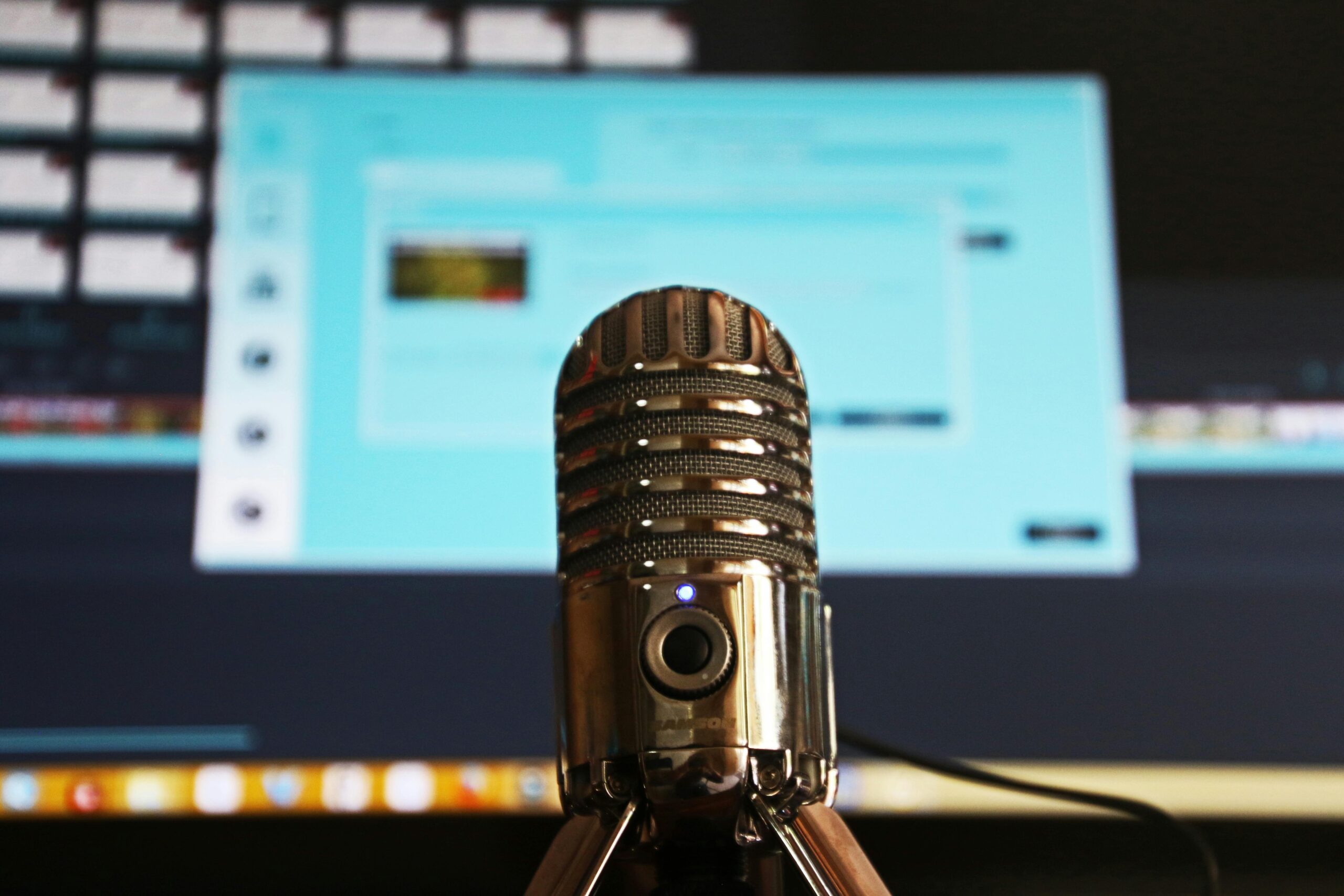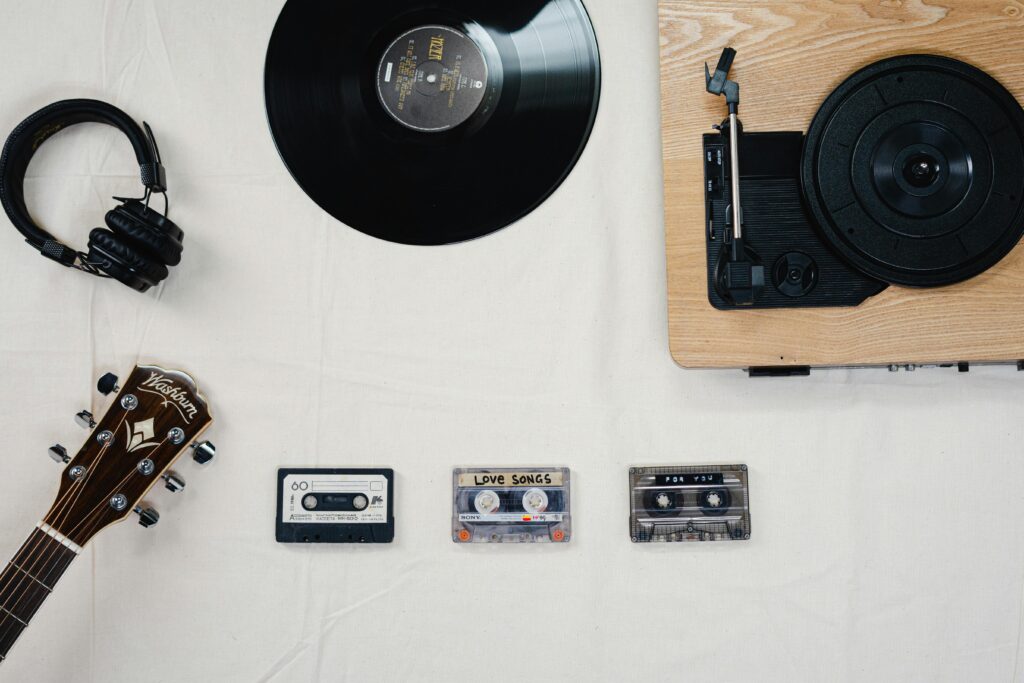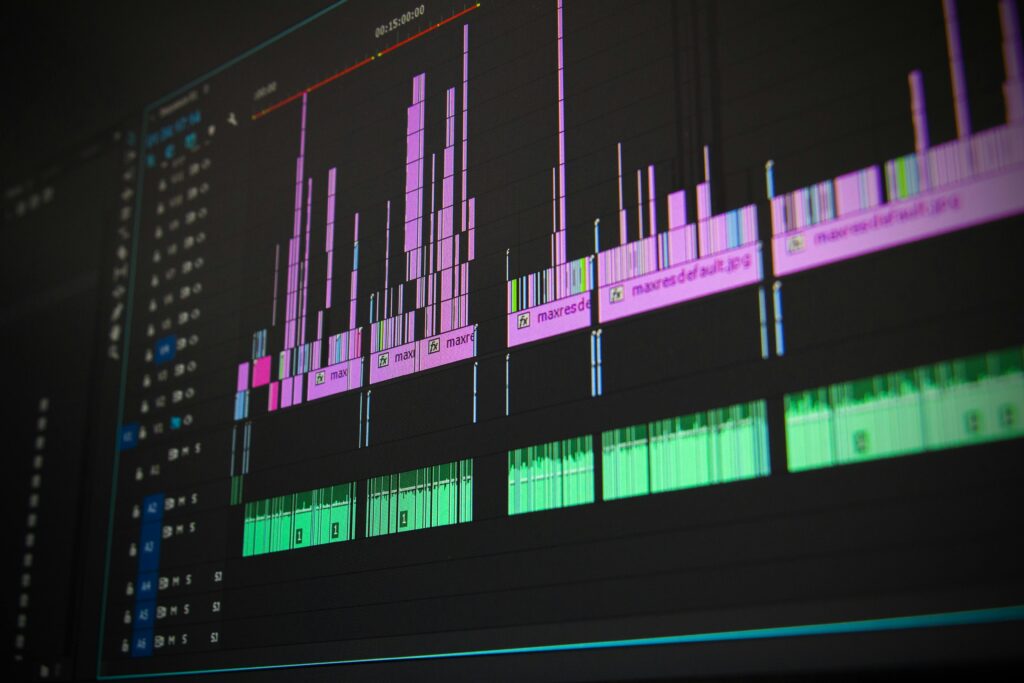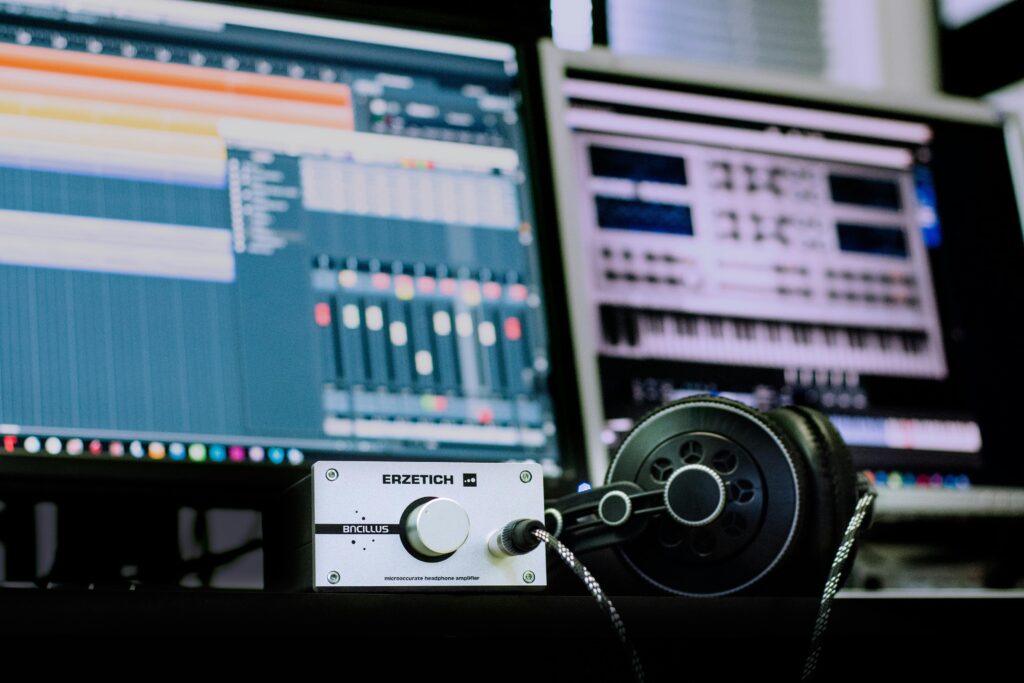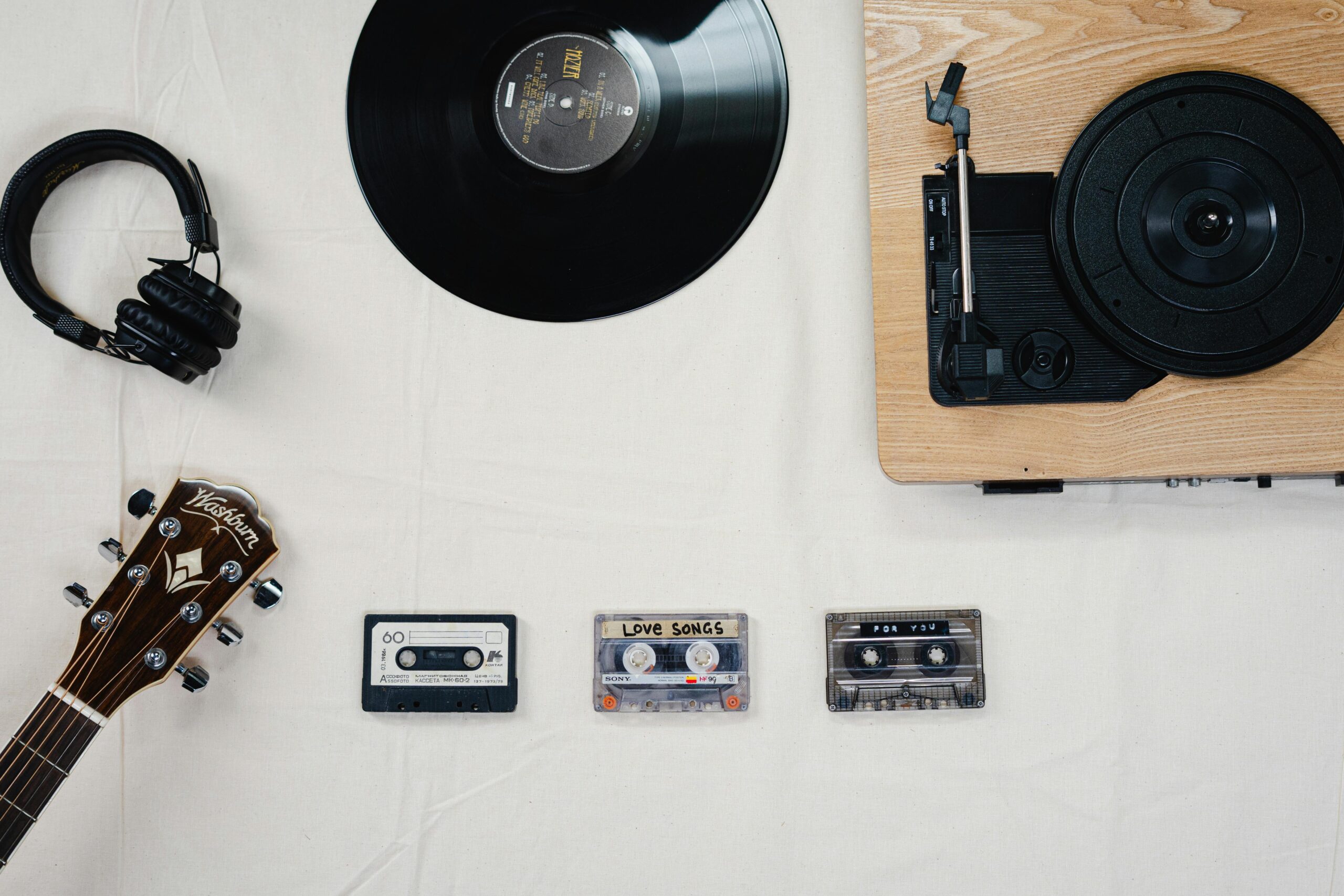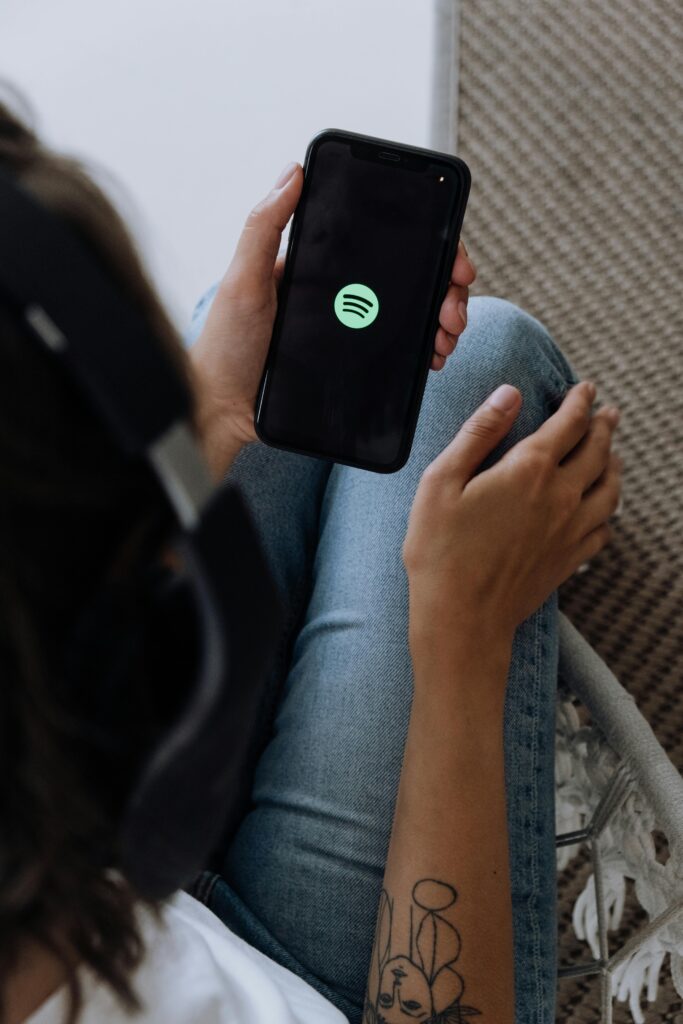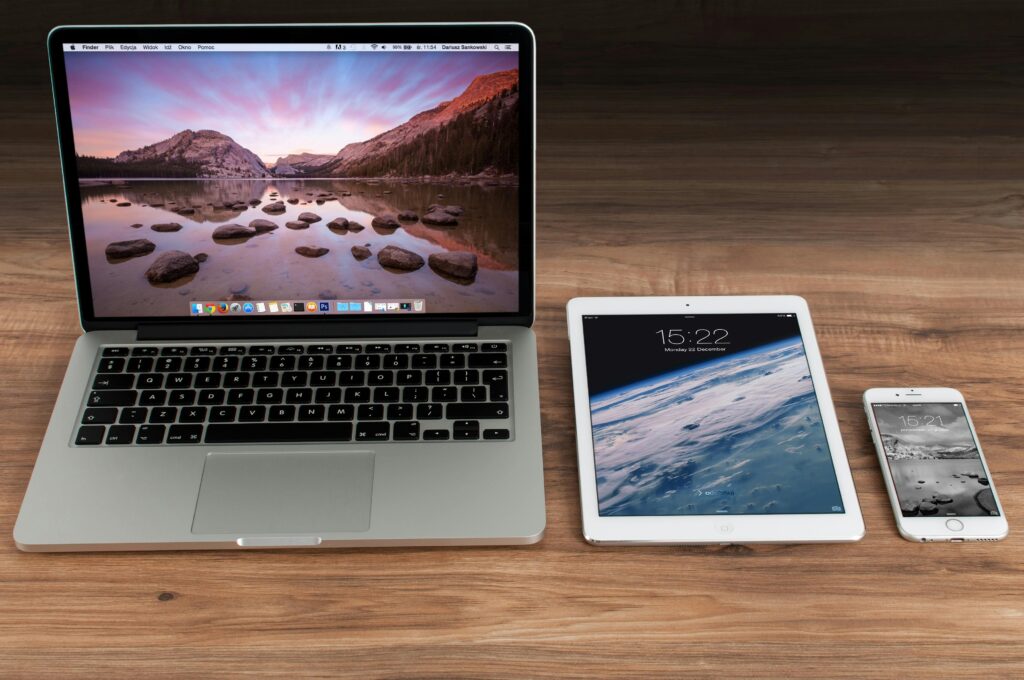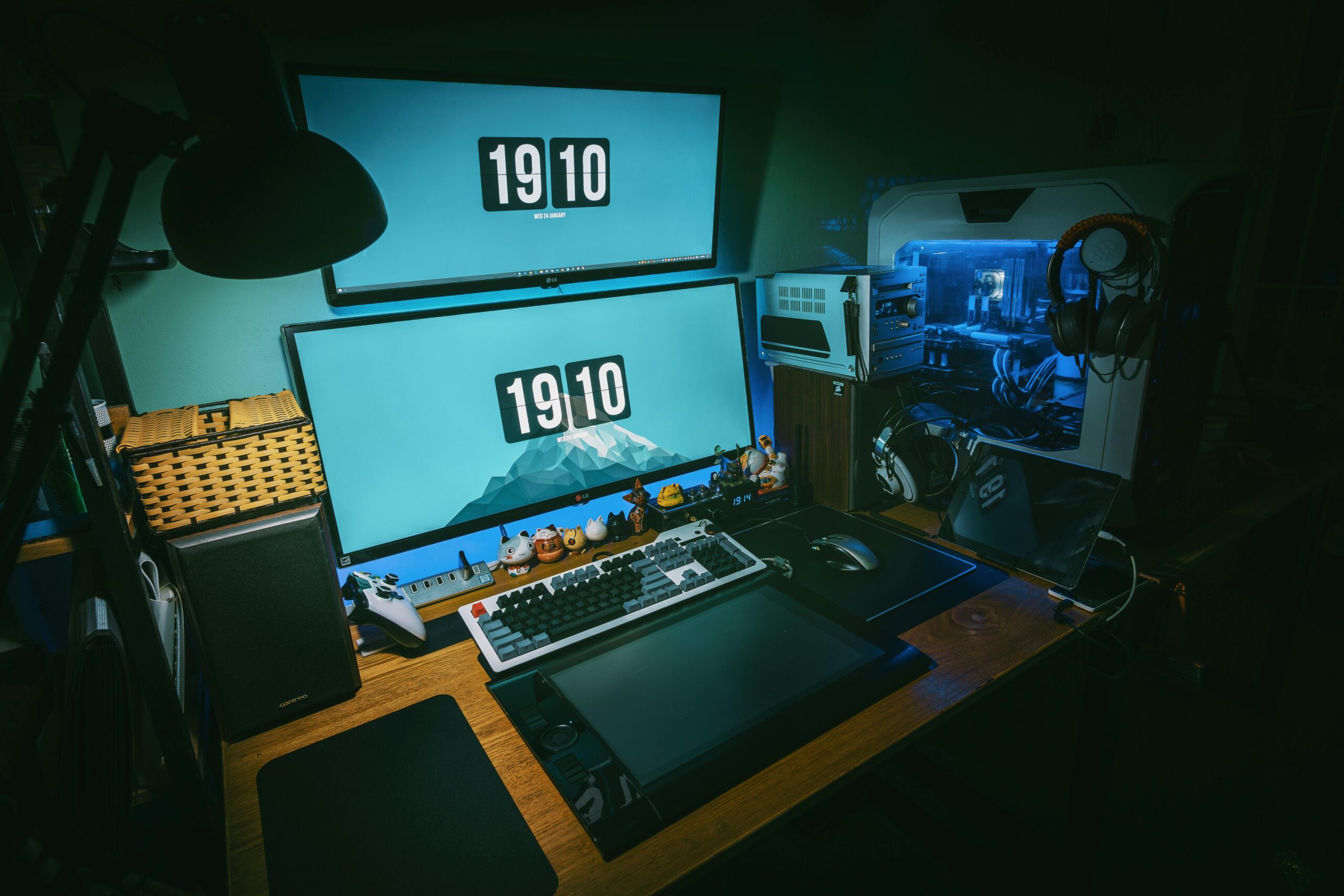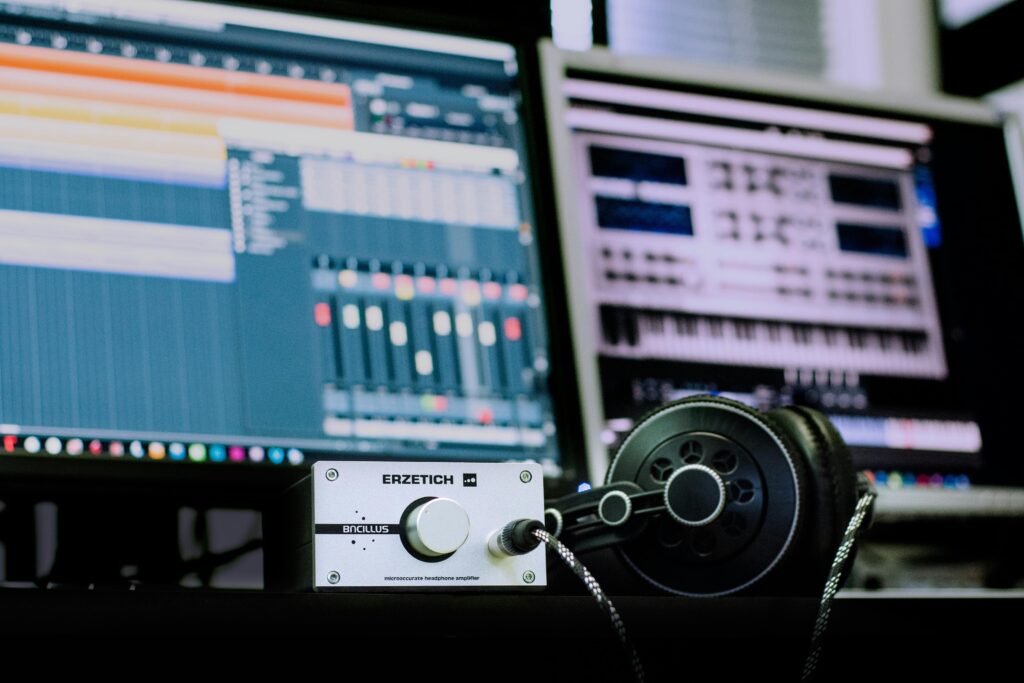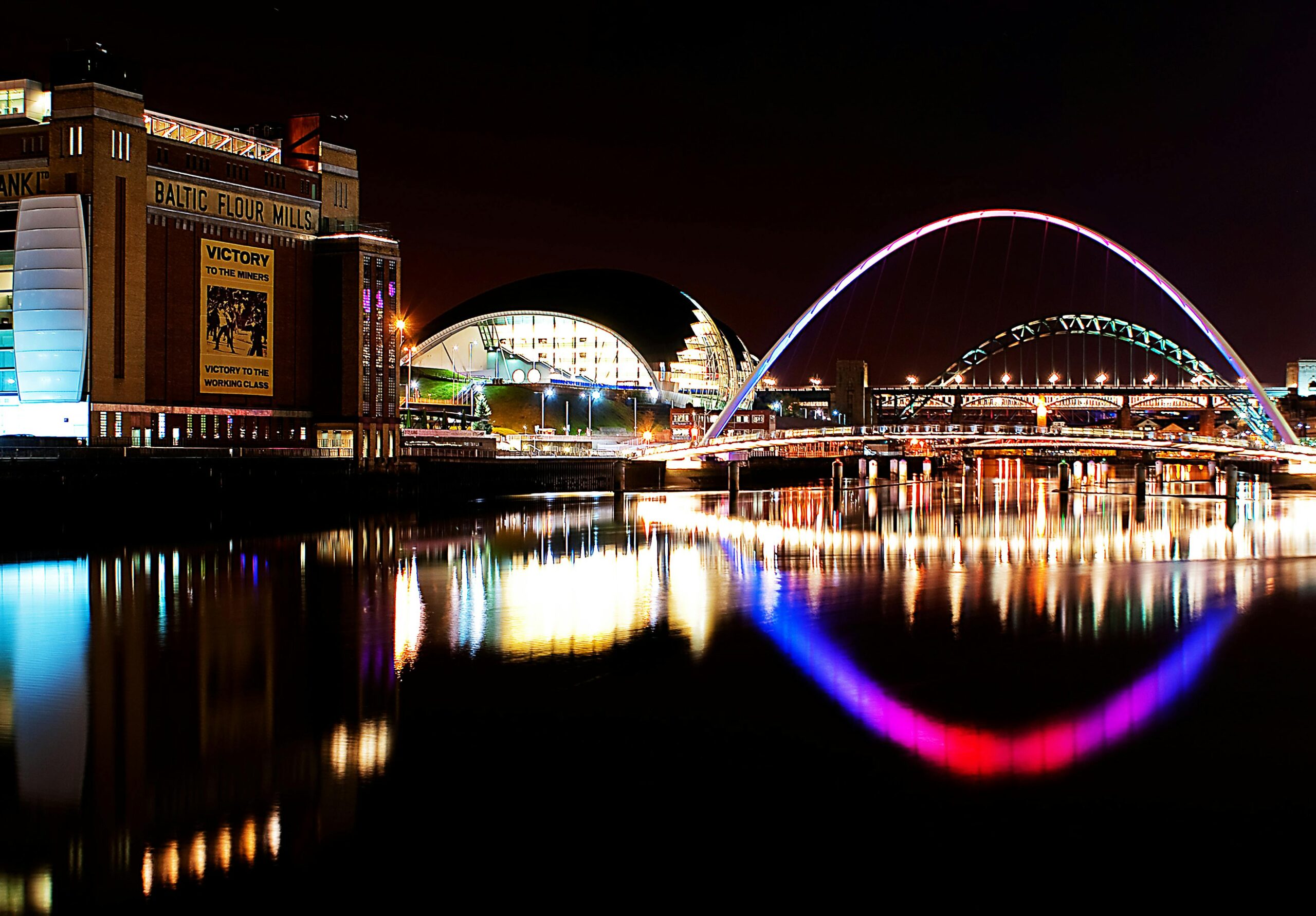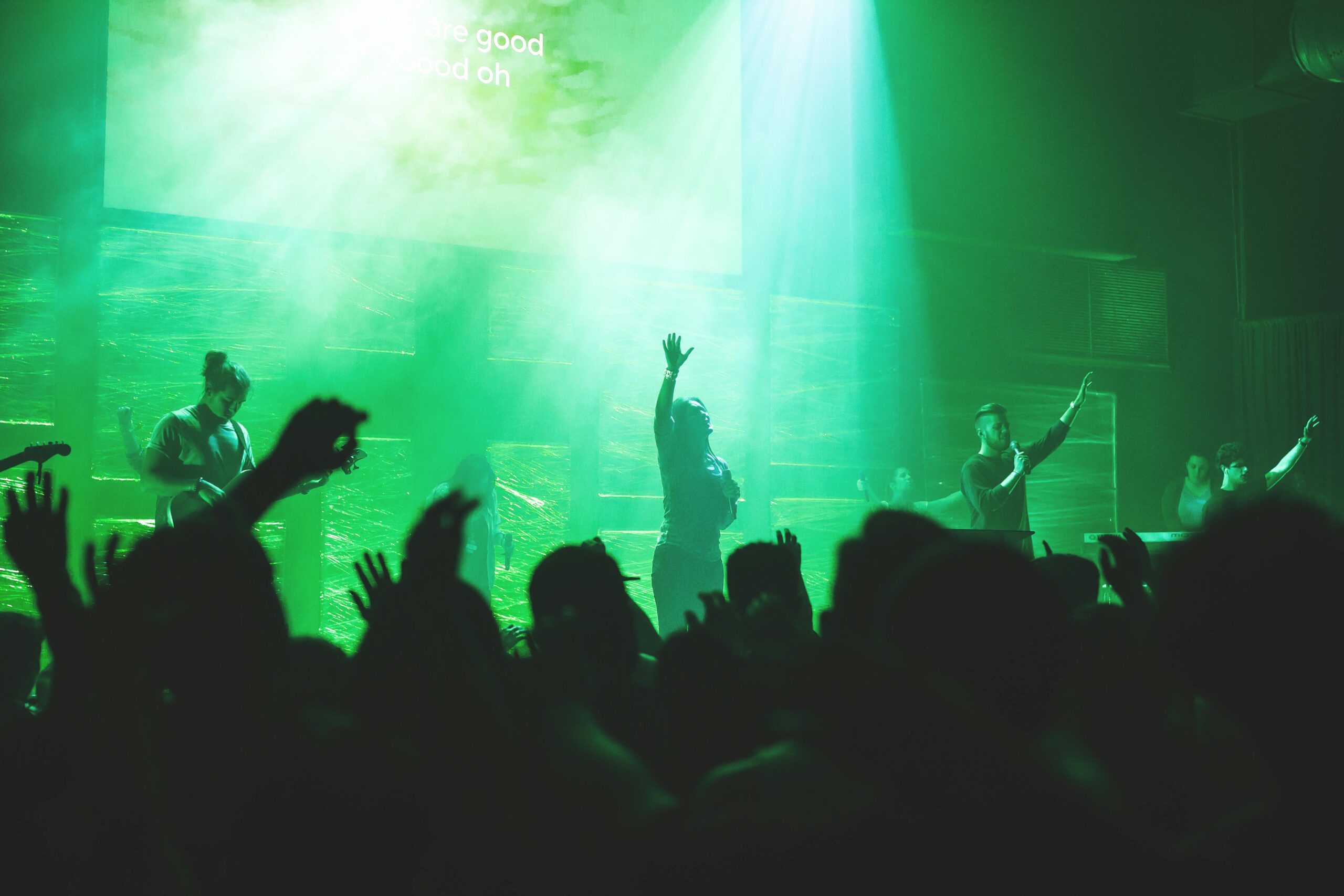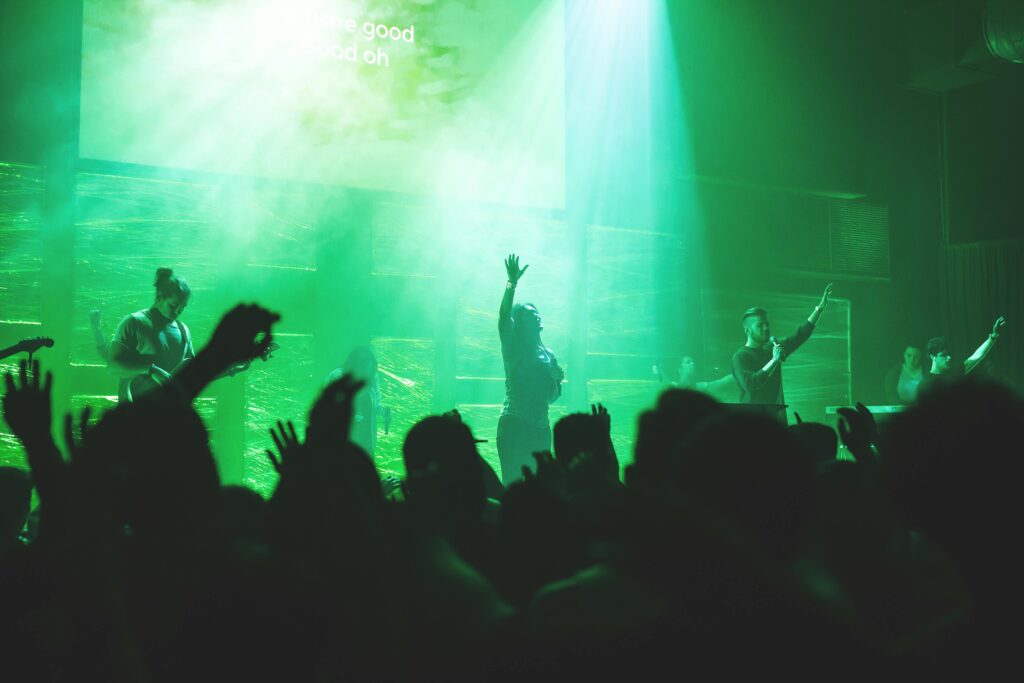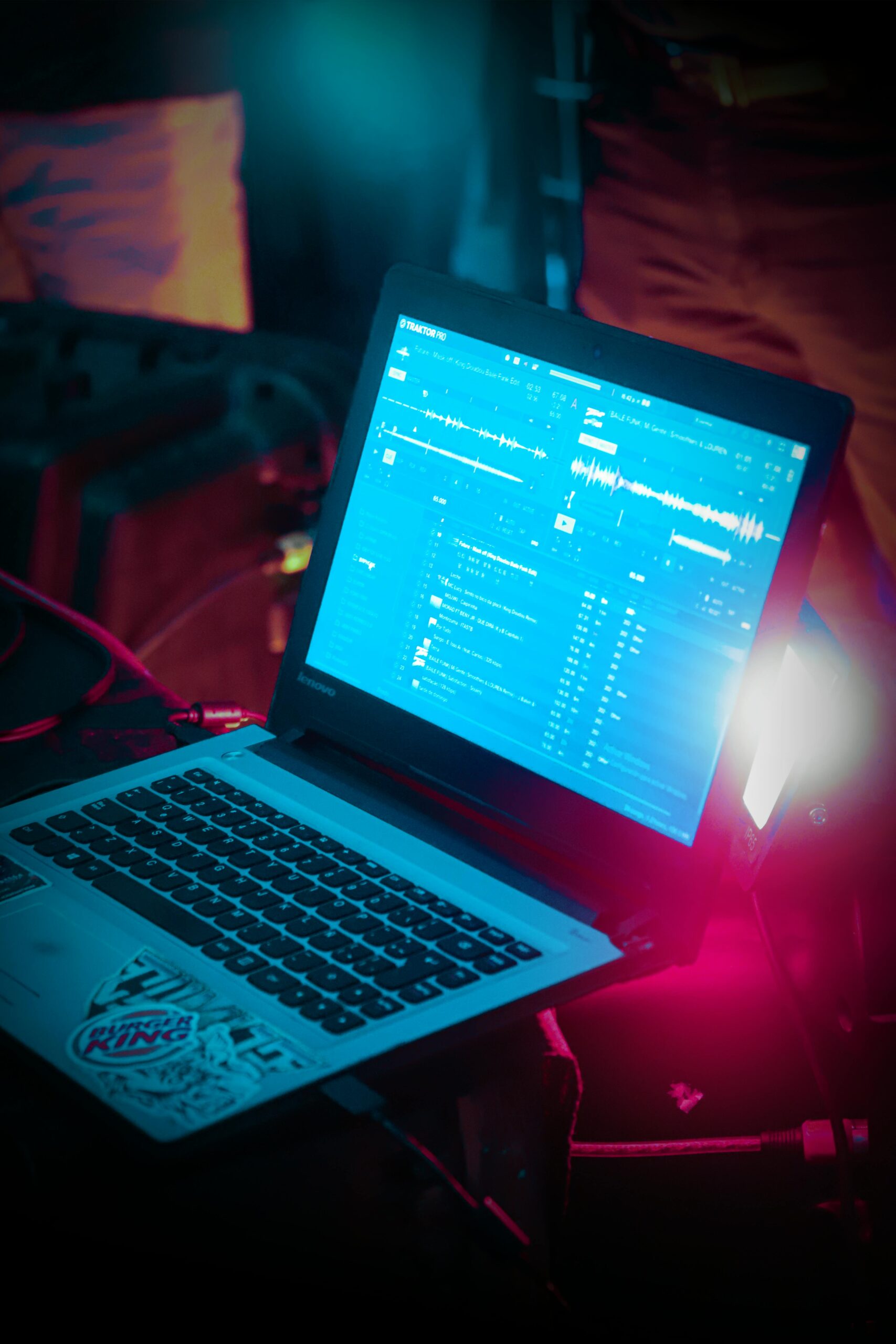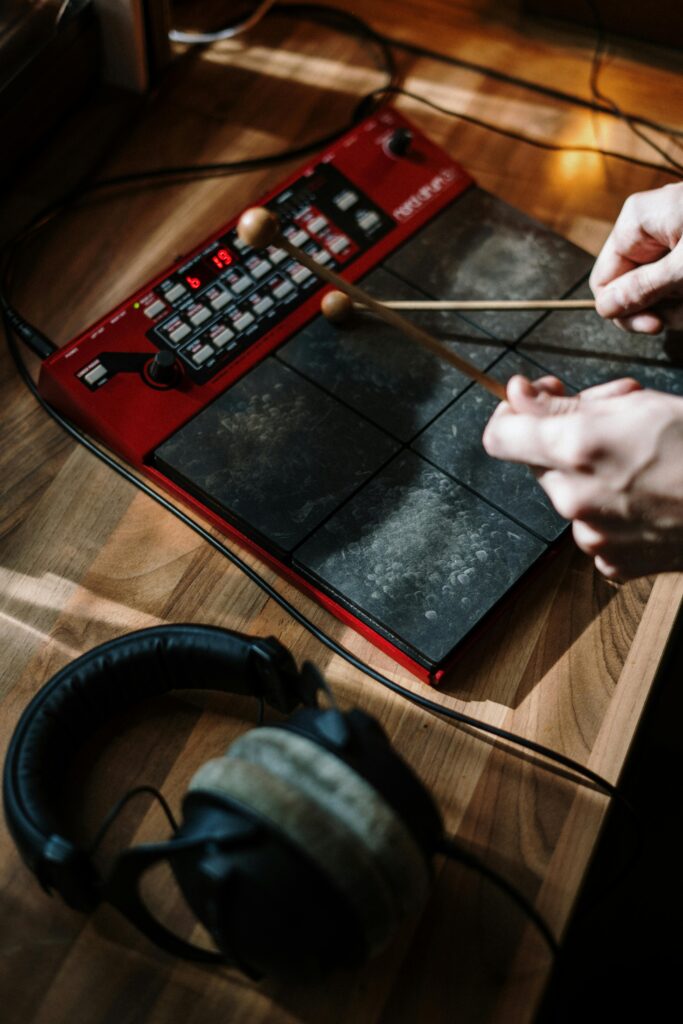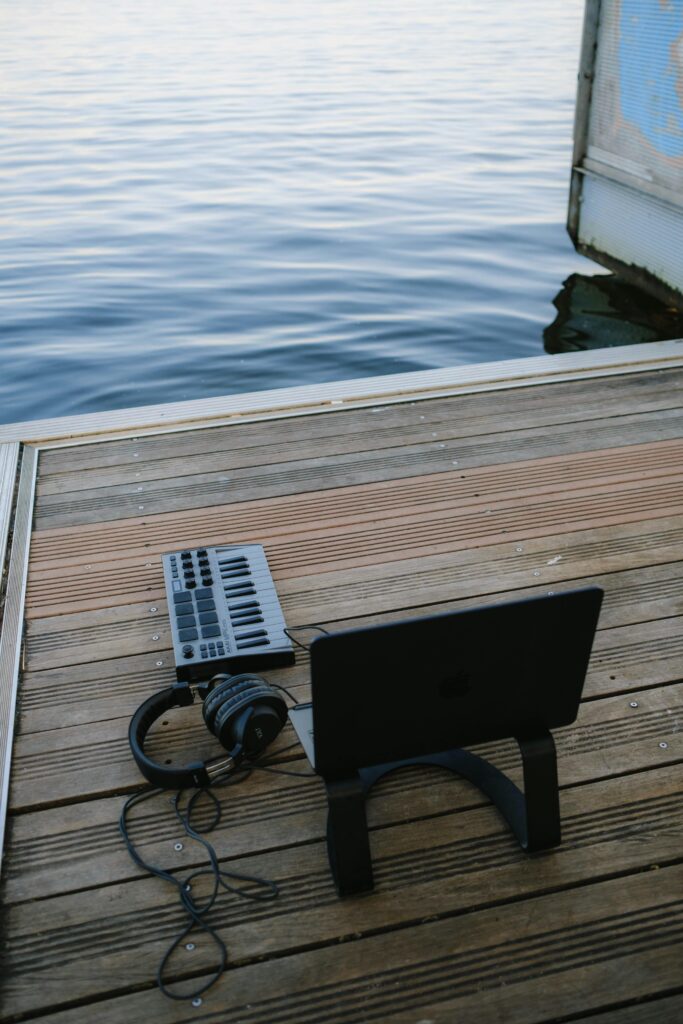Understanding Music’s Impact on Mental Health


The intricate relationship between music and mental health has been a subject of interest for centuries, captivating the curiosity of scholars, therapists, and music enthusiasts alike. Recent studies have illuminated how music, a universal language that transcends cultural boundaries, plays a pivotal role in enhancing mental well-being, managing stress, and facilitating therapeutic processes. This article delves into the profound effects of music on the human psyche, supported by scientific research and expert insights, to unravel the therapeutic potential of melodies and rhythms in our lives.
The Psychological Resonance of Music
Music’s influence on the brain is as profound as it is multifaceted. Neurological studies reveal that listening to music stimulates the release of dopamine, a neurotransmitter associated with pleasure and reward. This biochemical response can lead to feelings of happiness, relaxation, and stress reduction. Furthermore, music has the power to evoke a wide range of emotions, from joy to sorrow, mirroring our internal states and facilitating emotional expression and processing.
Music Therapy
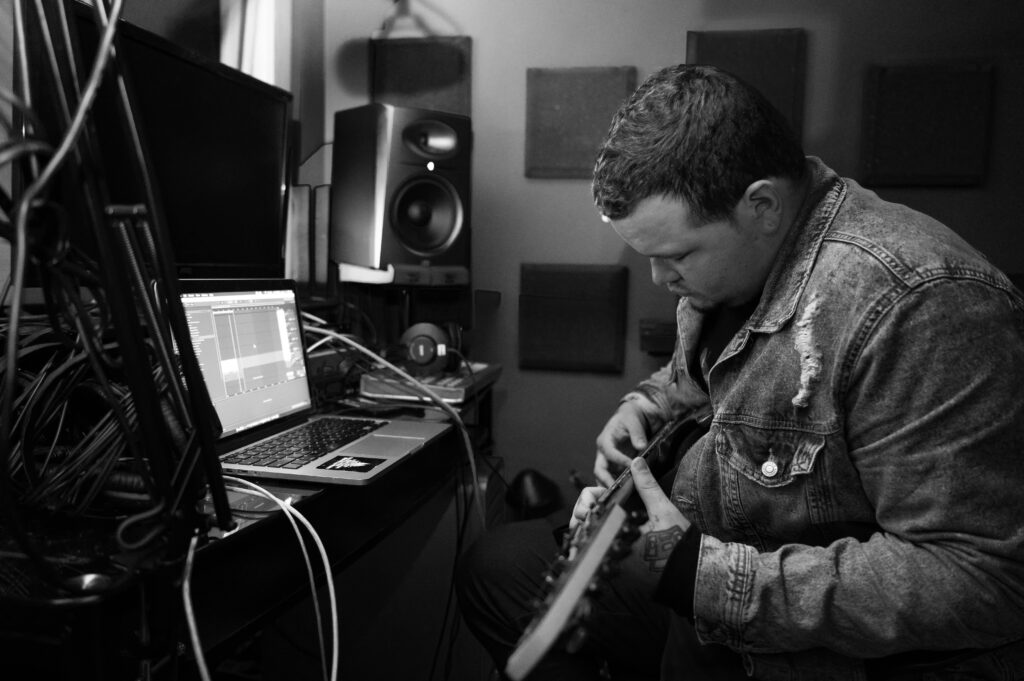
Music therapy, an established health profession, utilizes music to address physical, emotional, cognitive, and social needs of individuals. Through therapeutic music interventions, certified music therapists help patients improve their health across various domains. Evidence-based practices within music therapy have shown significant benefits in treating conditions such as depression, anxiety, and PTSD, offering a non-verbal outlet for individuals to express feelings and experiences that may be difficult to articulate.
The Rhythmic Anchor in Stress and Anxiety Reduction
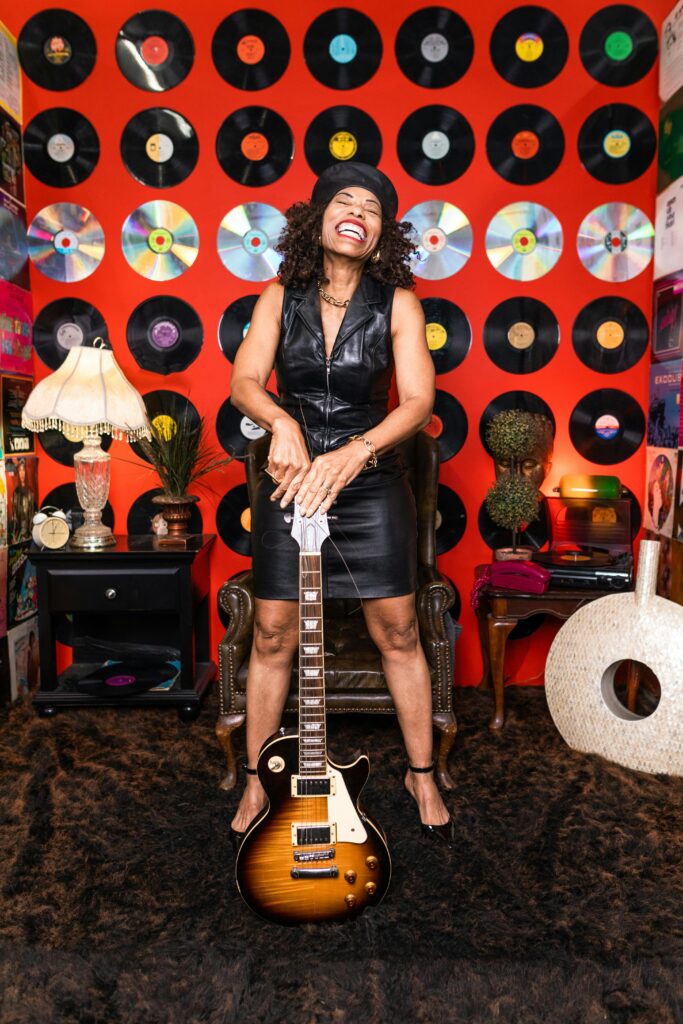
The calming effect of music on the mind is particularly evident in its capacity to reduce stress and anxiety levels. Slow-tempo, gentle music can slow the pulse and heart rate, lower blood pressure, and decrease levels of stress hormones. This soothing influence makes music an effective coping strategy for individuals facing anxiety, providing a serene auditory sanctuary from the pressures of everyday life.
Harmony and Mental Resilience
Beyond its therapeutic applications, music also plays a role in building mental resilience. Engaging with music, whether by listening, singing, or playing an instrument, can foster a sense of accomplishment, boost self-esteem, and enhance cognitive skills. For many, music serves as a source of comfort and strength, offering solace and a sense of community during challenging times.
The symbiotic relationship between music and mental health is undeniable, with each chord and melody carrying the potential to heal, uplift, and transform. As research continues to uncover the vast therapeutic benefits of music, it becomes increasingly clear that this art form is a vital component of emotional and psychological well-being. Embracing music in its various forms can lead us on a path to a more harmonious mind and spirit.
References:
- Thoma, M. V., La Marca, R., Brönnimann, R., Finkel, L., Ehlert, U., & Nater, U. M. (2013). The Effect of Music on the Human Stress Response. PLoS ONE, 8(8), e70156.
- Gold, C., Voracek, M., & Wigram, T. (2004). Effects of music therapy for children and adolescents with psychopathology: a meta-analysis. Journal of Child Psychology and Psychiatry, 45(6), 1054-1063.
- MacDonald, R. A. R., Kreutz, G., & Mitchell, L. (2012). Music, Health, and Wellbeing. Oxford University Press.
- Koelsch, S. (2014). Brain correlates of music-evoked emotions. Nature Reviews Neuroscience, 15(3), 170-180.

